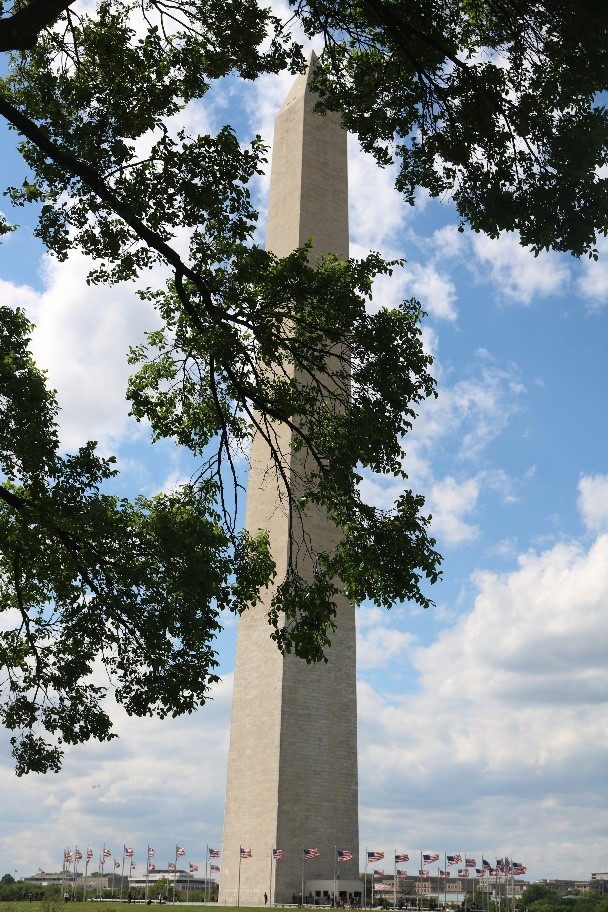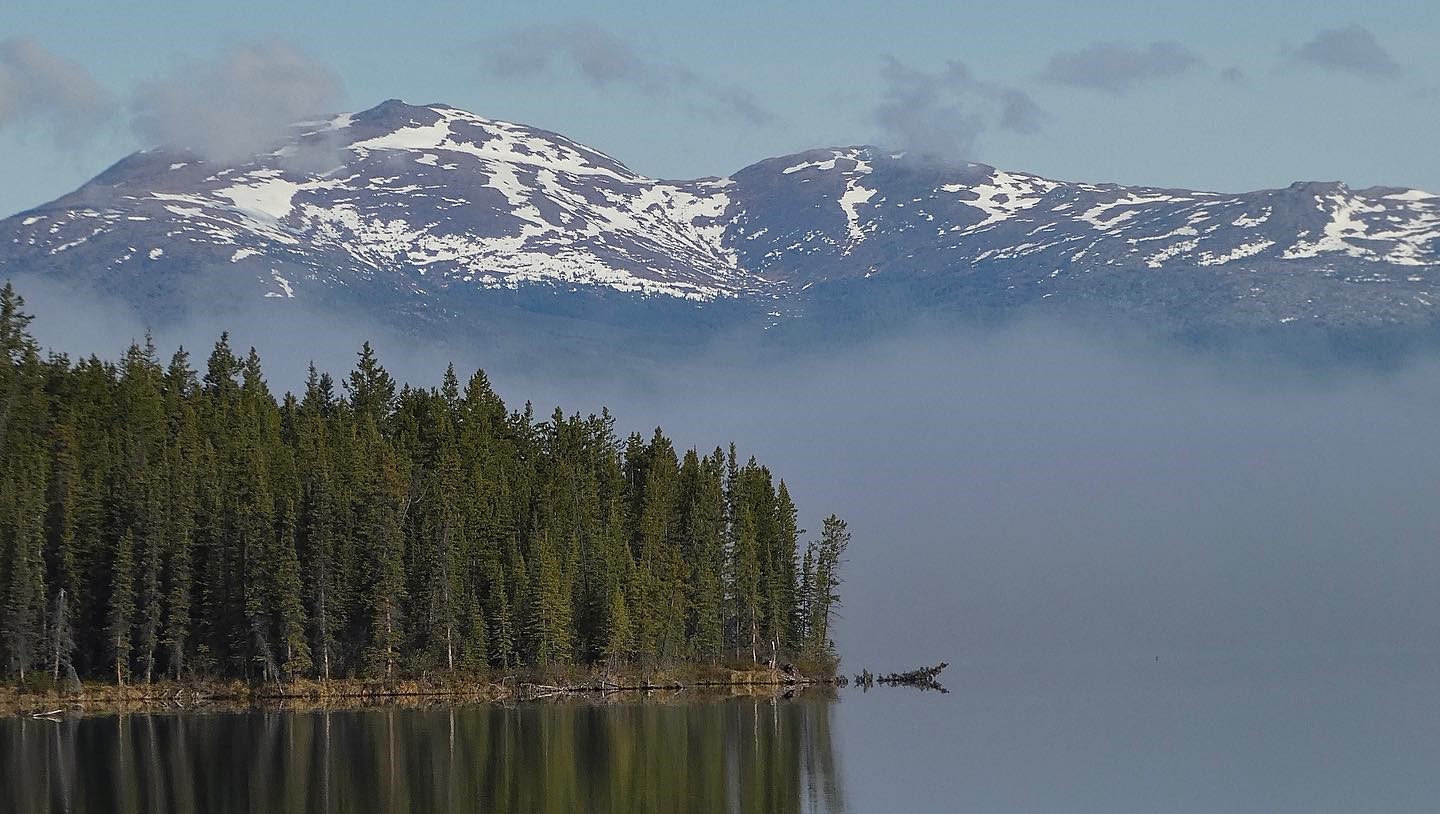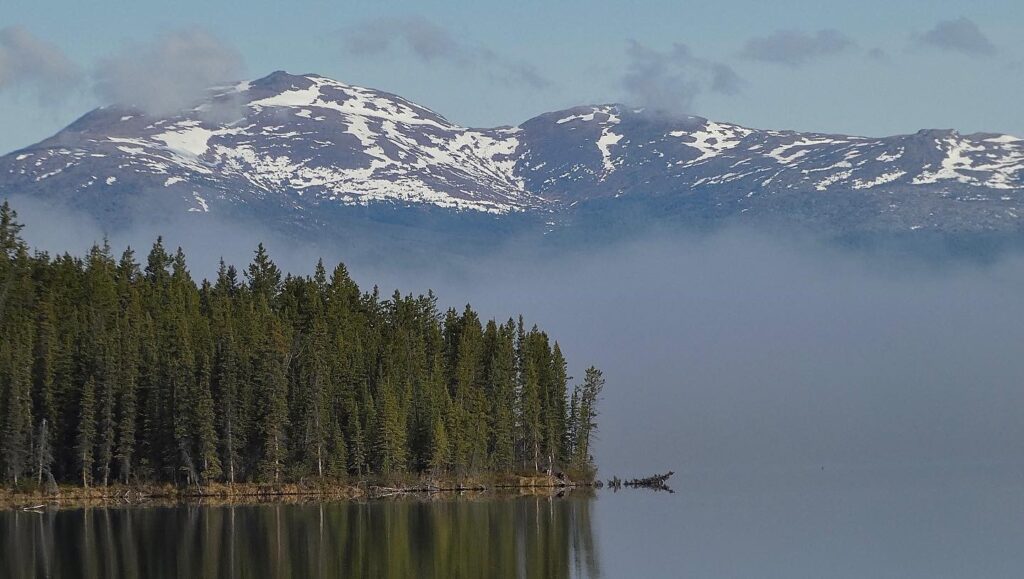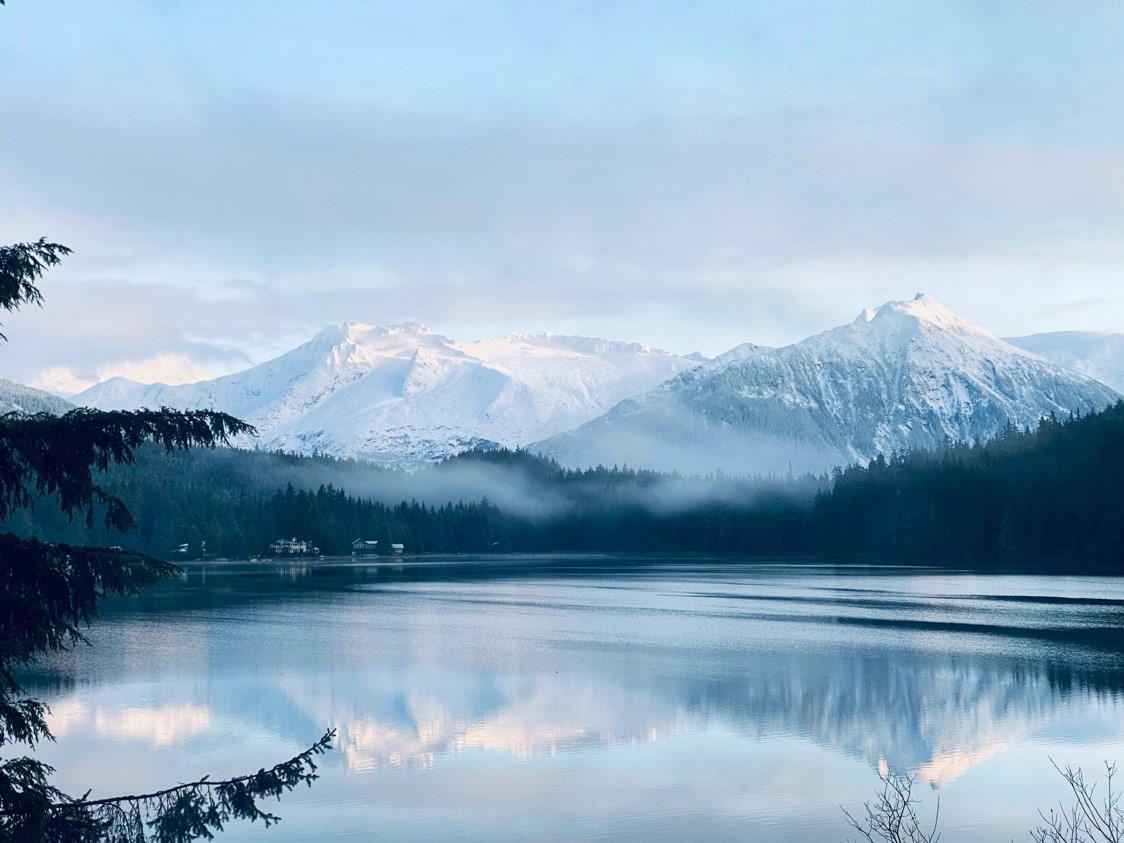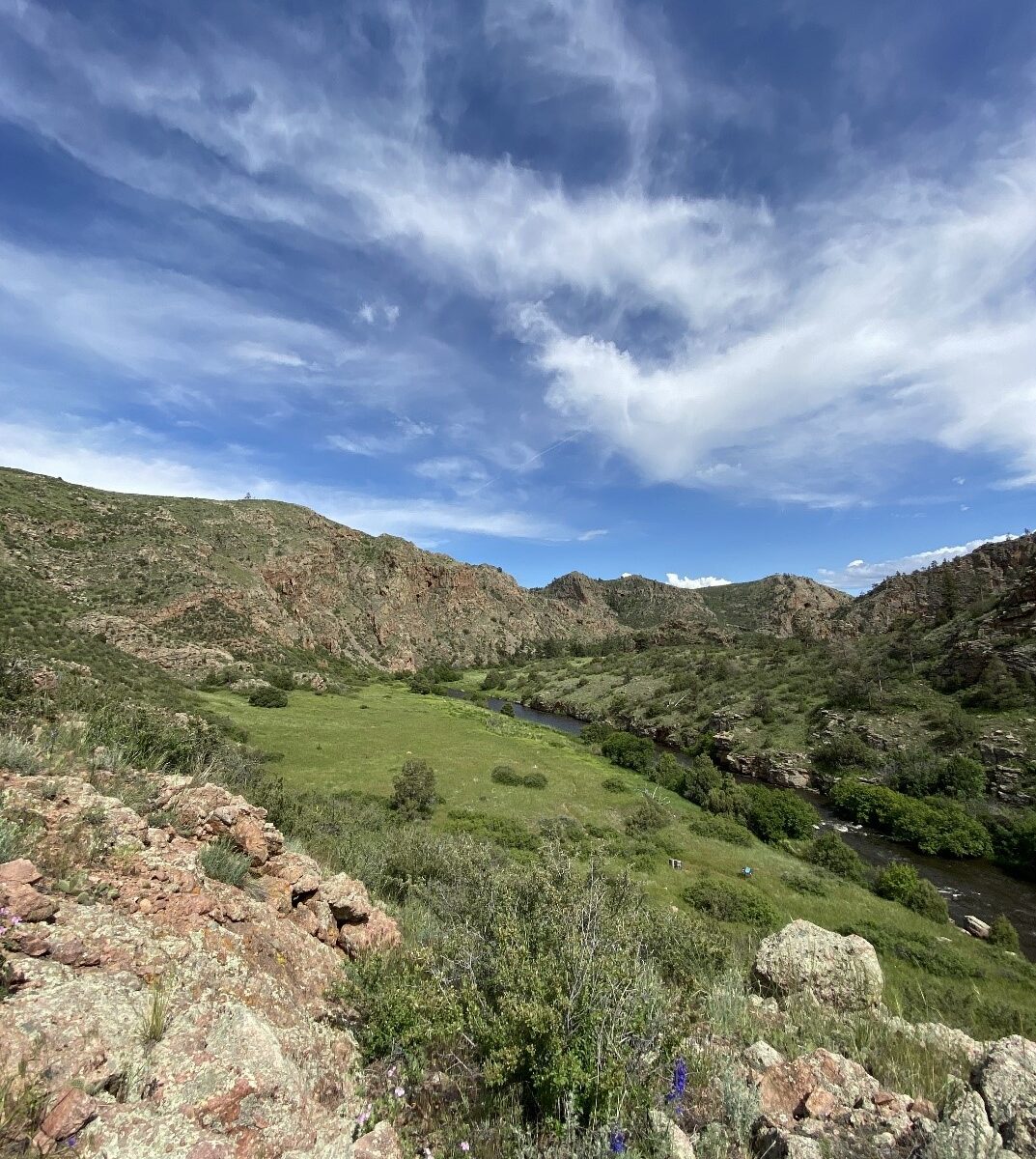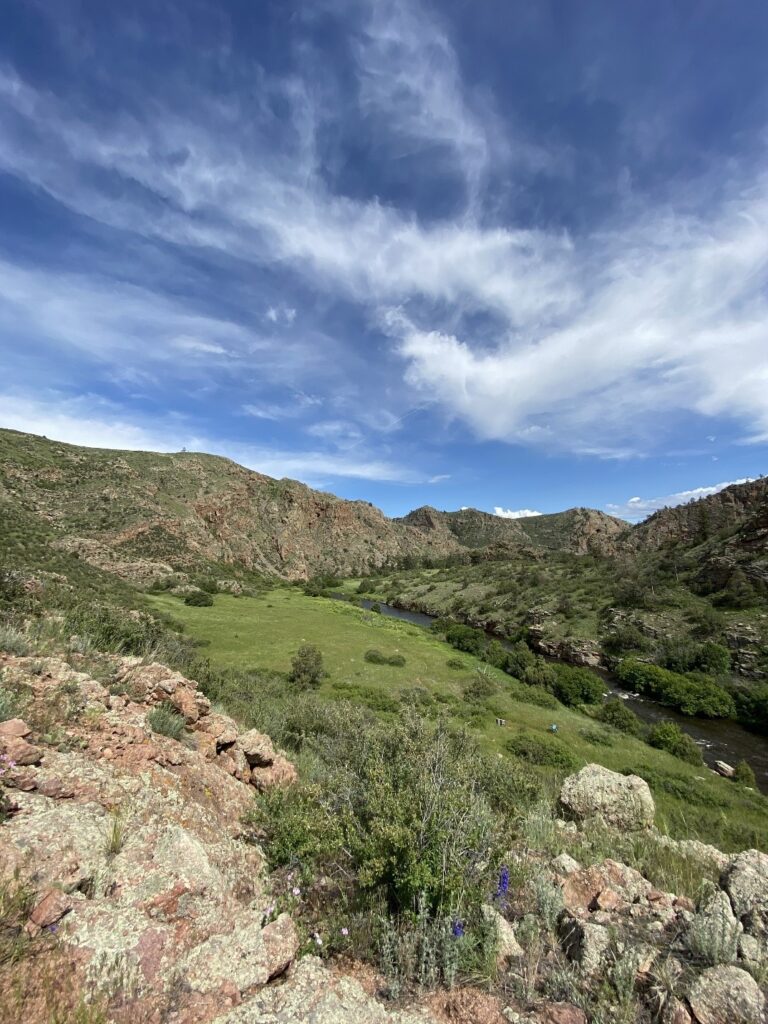EcoPerspectives Blog
Low on Snow: Climate Resilience Policy and the Push to Prevent the Acceleration of Warming Winters in New England
By Lauren Carita, Staff Editor for the Vermont Journal of Environmental Law
May 3, 2024

Welcome to 2024, where a white Christmas is a distant memory and ski resorts close mid-January due to a lack of snow. These days, mud, rain, and fluctuating temperatures upend normal life in picturesque New England. While some may appreciate the nice break in chilly weather, the reality is unfortunately grim and deeply concerning. The combining factors of human-induced climate change and the El Niño weather pattern will most likely catapult this winter to the warmest on record. A recent study found that regions with higher latitudes, like New England, are warming more rapidly than the rest of the world—with winters warming the fastest.
This begs the question, “are politicians and leaders doing anything about this?” Here’s the answer: if they are not, they should be—and they should have started 40 years ago.
What Is Needed: Climate Resilience Policy
Climate resilience involves the ability to anticipate, prepare for, and respond to hazardous climate impacts. Climate resilience anticipates both acute (heatwaves, wildfires, etc.) and chronic (rising sea levels, worsening air quality, etc.) impacts. Since the consequences of rapid warming in New England will disadvantage BIPOC (Black, Indigenous, and People of Color) and low-income communities, climate resilience plans must account for these vulnerabilities.
New England’s warming winters trigger an increase in precipitation as rain. Increased temperatures and rain melts the existing snowpack and can result in damaging floods. Rural flood mitigation strategies are necessary resilience policies to prevent the extent of damage incurred by unexpected flash flooding. Redirecting or creating mitigation revenue sources is just one way state and local governments can use their policy tools to prepare for future winter flooding events.
Can state climate resilience policies really bring back New England winters? It depends, but the stakes are too significant not to try.
Which States are Succeeding?
Vermont is ahead of the game regarding New England state climate policy. The state experienced dramatic summer and winter flooding in the past decade, and will continue to do so with increased temperatures. After Tropical Storm Irene, state lawmakers updated the Emergency Relief Assistance Fund to accelerate Vermont’s cleanup efforts and increase resilience in the face of these disasters. State officials developed criteria for community financial assistance to incentivize taking risk-reduction measures like developing a hazard mitigation plan, passing a river corridor protection bylaw that meets or exceeds state regulations, or by prohibiting new structures in special flood hazard areas. Even if communities cannot meet this incentive, the state gives 30 days after a federal disaster declaration to increase their score and qualify for more assistance.
Connecticut has been refreshing their Climate Preparedness Plan since 2013. The state, much like the rest of New England, deals with major flooding events year-round. In January 2021, the Governor’s Council on Climate Change released a “phase one” report titled “Taking Action on Climate Change and Building a More Resilient Connecticut for All.” Through an environmental justice lens, the report includes many anticipated climate resilience strategies for the state including re-evaluating their approach to siting renewable and non-renewable infrastructure, maintaining un-fragmented forest cover, and further developing policies that encourage protection of natural wetlands. On top of that, the Connecticut Department of Energy and Environmental Protection launched a Climate Resilience Fund that prioritizes grants for advancing critical flood mitigation projects. So far, this fund has helped dozens of Connecticut communities become more resilient to the effects of climate change while centering on the most vulnerable populations.
Which States Need Improvement?
Due to Governor Chris Sununu’s misrepresented views on current climate science, New Hampshire falls behind on climate resilience policy compared to the rest of the New England states. Governor Sununu is the only New England governor yet to join the U.S. Climate Alliance, a bipartisan climate action coalition. Even though New Hampshire’s 2009 Climate Action Plan anticipated the reduced viability of ski areas and the increase in major flooding events, the plan offers no solid policy pathways to resiliency. Thankfully, municipalities and communities are stepping up. After January’s intense flash flooding, the coastal watershed communities of Dover, Exeter, Hampton, Newcastle, Newmarket, Portsmouth, and Rye are planning to strengthen their resilience efforts in 2025. Through their involvement in the New Hampshire Coastal Adaptation Workgroup (NHCAW), these communities have partnered with over 30 organizations to use storytelling to summarize efforts, update timelines of projects, and create ArcGIS maps of initiatives in vulnerable areas. Even without the help of Governor Sununu, the state still pulled together to address their needs. To go further, the state government must facilitate increasing federal funding, creating and updating state-level resilience reports, and at the very least, acknowledging climate change as a tangible issue.
If the U.S.—and by extension, the individual states—do not act fast to keep warming below 2ºC, the compounding climate risks will be extreme and deadly. New England’s lack of snow will be the least of our worries if the Atlantic overtakes our coastal communities and mass climatic changes occur in rapid succession as predicted for this century. Even if we cannot save snow, we can save people. To achieve this daunting task, climate resilience policies and adaptation plans are necessary in every state and community in the region. State leaders must ensure preparation is adequate for their unique circumstances based on the best available data. Citizens must hold them accountable with their vote.
Together, New England can preserve not only its popular winter activities and historic charm, but it can save itself from the worst of the climate impacts it knows are coming.
To find out more about how New England states are using climate resilience policy to prepare for increased warming, visit the RAINE database.




